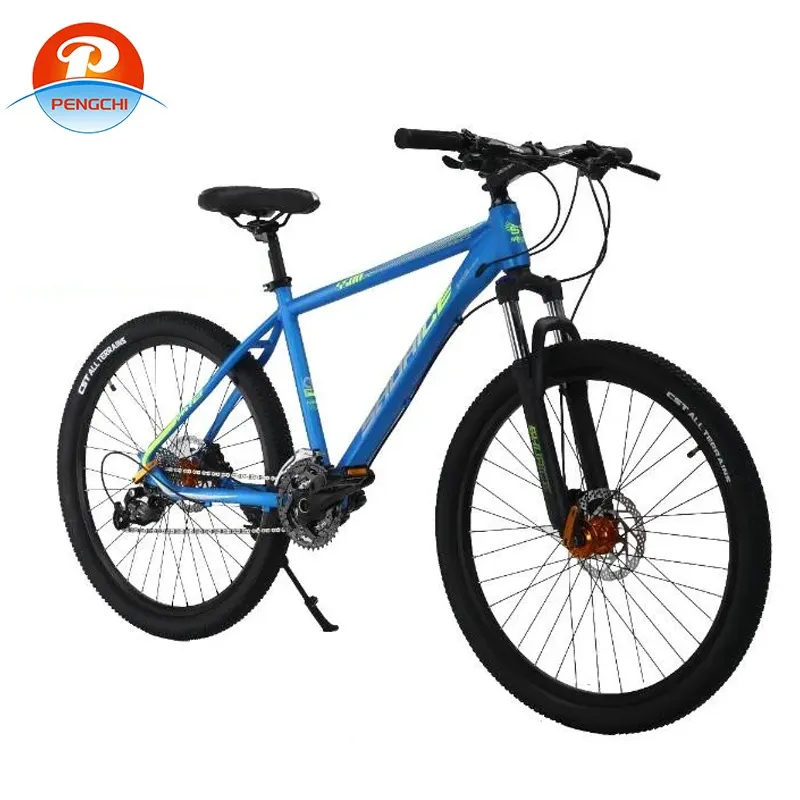
-
 Afrikaans
Afrikaans -
 Arabic
Arabic -
 Belarusian
Belarusian -
 Bengali
Bengali -
 Bulgarian
Bulgarian -
 Croatian
Croatian -
 Czech
Czech -
 Danish
Danish -
 Dutch
Dutch -
 English
English -
 Finnish
Finnish -
 French
French -
 German
German -
 Greek
Greek -
 hawaiian
hawaiian -
 Hebrew
Hebrew -
 Hindi
Hindi -
 Hungarian
Hungarian -
 Indonesian
Indonesian -
 irish
irish -
 Italian
Italian -
 Japanese
Japanese -
 Javanese
Javanese -
 kazakh
kazakh -
 Khmer
Khmer -
 Korean
Korean -
 Kyrgyz
Kyrgyz -
 Lao
Lao -
 Latin
Latin -
 Luxembourgish
Luxembourgish -
 Malay
Malay -
 Myanmar
Myanmar -
 Norwegian
Norwegian -
 Persian
Persian -
 Polish
Polish -
 Portuguese
Portuguese -
 Romanian
Romanian -
 Russian
Russian -
 Serbian
Serbian -
 Slovak
Slovak -
 Somali
Somali -
 Spanish
Spanish -
 Swedish
Swedish -
 Tagalog
Tagalog -
 Thai
Thai -
 Turkish
Turkish -
 Turkmen
Turkmen -
 Ukrainian
Ukrainian -
 Uighur
Uighur -
 Vietnamese
Vietnamese
Sep . 12, 2024 00:03 Back to list
High-Quality Mountain Bikes for All Terrains | Your Adventure Awaits
Choosing a Good Quality Mountain Bike What to Look For
Mountain biking is an exhilarating way to enjoy the great outdoors, combining the thrill of speed with the beauty of nature. However, to truly enjoy this experience, a good quality mountain bike is essential. With so many options available on the market, it can be overwhelming to choose the right one. Here, we will explore the key features to consider when selecting a mountain bike that offers both performance and durability.
1. Frame Material The Foundation of the Bike
The frame is the backbone of any mountain bike. Common materials include aluminum, carbon fiber, and steel. Aluminum frames are lightweight and resistant to corrosion, making them a popular choice for many riders. Carbon fiber is even lighter and offers excellent vibration damping, but can be more expensive. Steel frames are known for their durability and comfort, albeit at a heavier weight. When selecting a bike, consider your riding style and budget to choose the right frame material.
2. Suspension Handling Rough Terrain
Mountain bikes come with two types of suspension hardtail and full-suspension. Hardtail bikes have a suspension fork in the front but a rigid rear. They are typically lighter, more efficient on climbs, and suited for smoother trails. Full-suspension bikes have both front and rear suspension, providing better shock absorption on rough terrains and enhancing control. If you plan to ride technical trails with rocks and roots, a full-suspension bike might be the better choice.
3. Wheel Size Finding the Right Fit
mountain bike good quality

Wheel size plays a significant role in how a mountain bike performs. The most common sizes are 26-inch, 27.5-inch (650B), and 29-inch wheels. Smaller wheels are more agile and easier to maneuver, while larger wheels roll over obstacles more smoothly and maintain speed better on descents. Your choice of wheel size should align with your riding style and the type of terrain you intend to conquer.
4. Gearing Ensuring Smooth Transitions
The gearing system enables you to tackle various inclines and speeds. Modern mountain bikes often have a single chainring setup that simplifies shifting and reduces maintenance. However, if you often ride in hilly terrains, consider a bike with a wider gear range to help navigate steep climbs. A 1x drivetrain is popular for its simplicity, while a 2x or 3x drivetrain offers more gear options.
5. Brakes Safety First
Reliable brakes are crucial for any mountain biking adventure. Mountain bikes typically come with either rim brakes or disc brakes. Disc brakes, particularly hydraulic ones, offer superior stopping power and performance in varied weather conditions. They also require less force to operate, making them ideal for technical descents.
Conclusion Invest in Quality
Ultimately, investing in a good quality mountain bike means considering your riding habits, preferred terrain, and personal preferences. Don’t just go for the flashiest model; instead, focus on the bike's components that suit your needs. It’s a significant investment, but the right mountain bike will provide countless hours of enjoyment and adventure on the trails. Happy riding!
-
Premium Titanium Road Bike: Lightweight & Durable
NewsAug.01,2025
-
Red Black BMX Bike with GPT-4-Turbo AI Tech
NewsJul.31,2025
-
New Red Anti-theft E-Bike | Easy Ride City Commuter
NewsJul.31,2025
-
BMX 20 Inch Bikes for Freestyle & Street | Fat Tire Options Available
NewsJul.30,2025
-
322 High Quality 26 Inch 21 Speed Adult Mountain Bike OEM MTB
NewsJul.29,2025
-
Specialized Kids Mountain Bikes - Safe, Durable & Fun Riding Experience
NewsJul.29,2025

